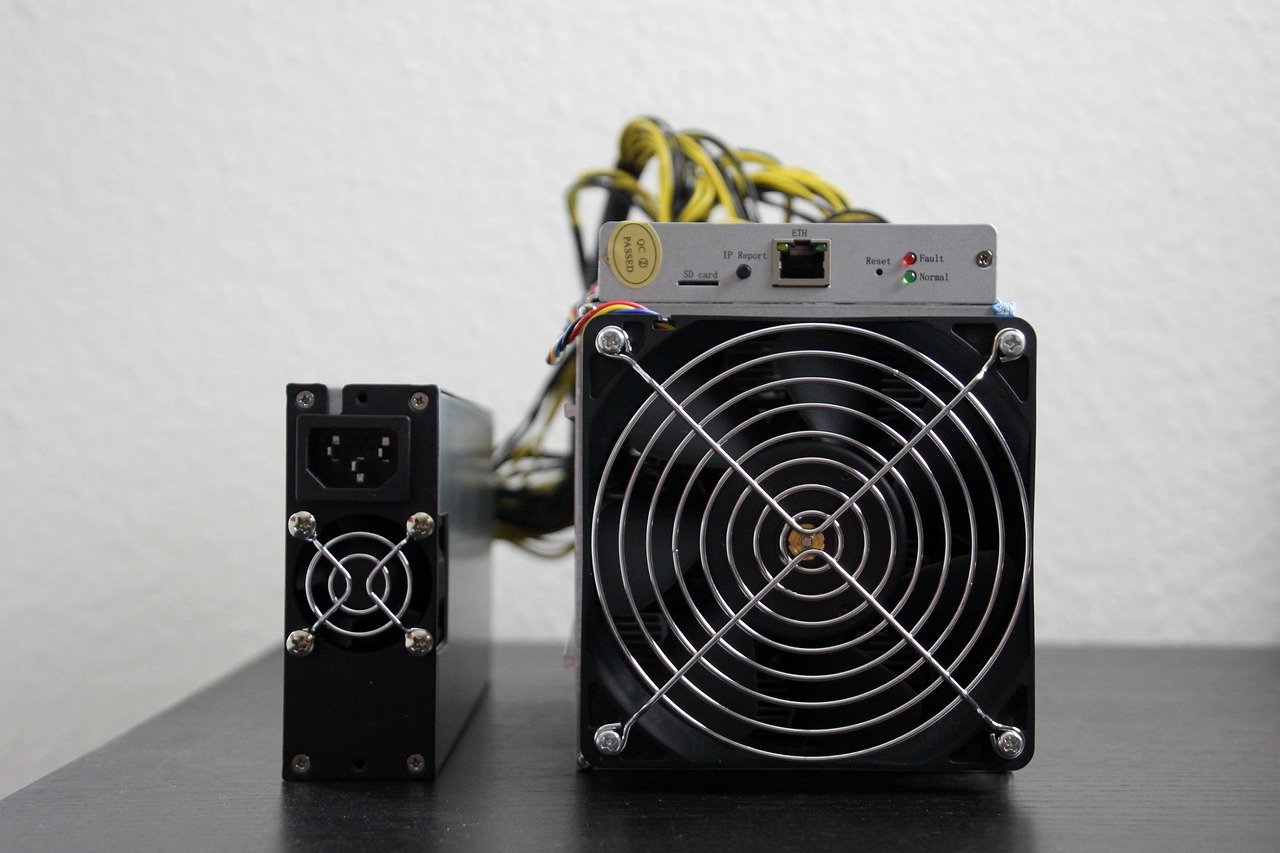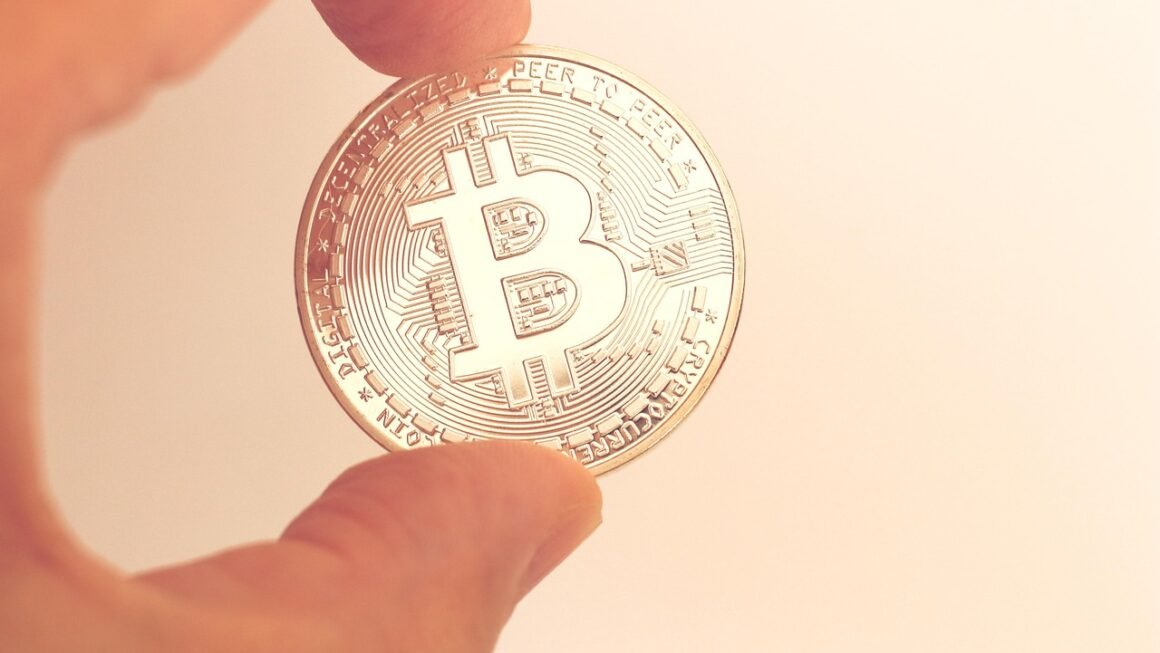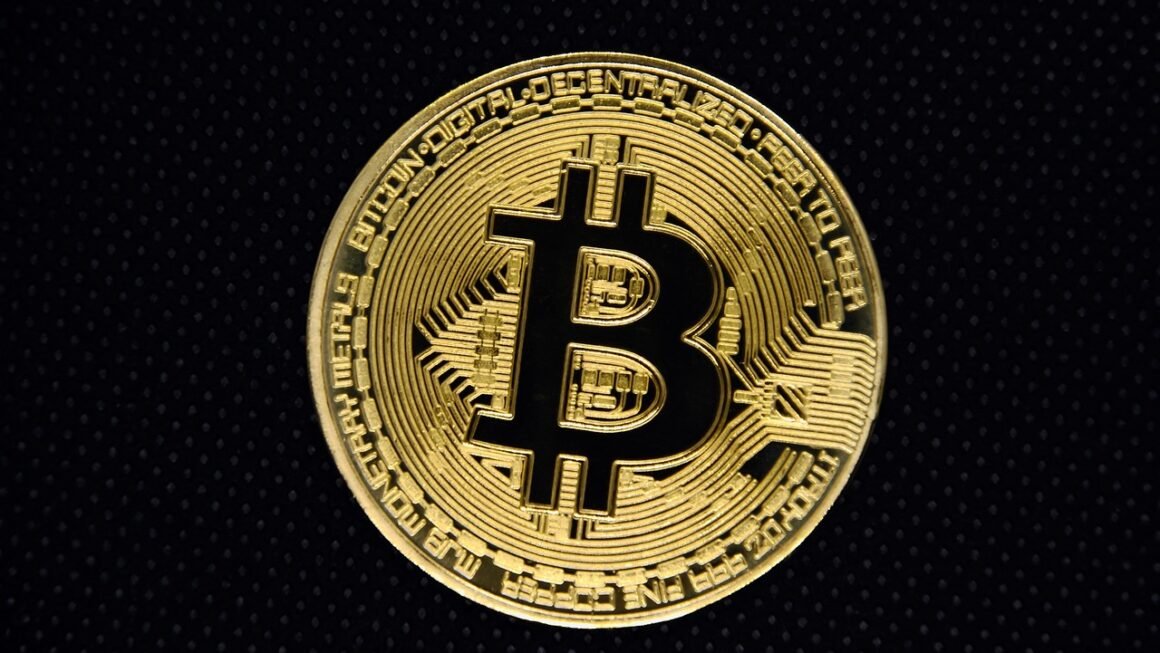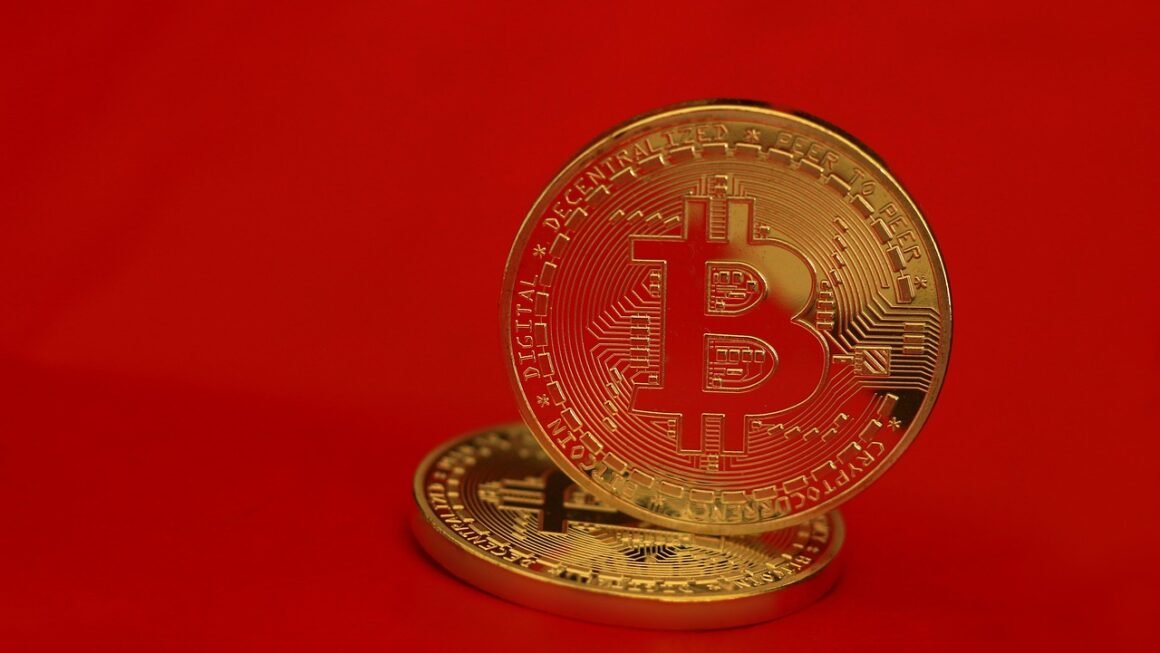Gas fees: the somewhat cryptic term that every cryptocurrency user encounters, and often dreads. Understanding these fees is crucial for anyone participating in blockchain activities, whether you’re trading NFTs, swapping tokens, or interacting with decentralized applications (dApps). This guide breaks down what gas fees are, how they work, and how to navigate them effectively, empowering you to make smarter decisions in the world of crypto.
What are Gas Fees?
The Analogy: Filling Up Your Car
Think of gas fees as the cost of fuel for your car. Just as your car needs fuel to run, transactions on a blockchain like Ethereum require computational power to be processed and validated. Gas fees are the payment users make to compensate miners (or validators in Proof-of-Stake systems) for using this computational power.
Gas Fees and Blockchains
- Gas fees are primarily associated with blockchains that use a transaction fee model, notably Ethereum.
- Different blockchains have different fee structures and methodologies. Some, like Solana, boast significantly lower fees than Ethereum.
- The gas fee isn’t a fixed amount; it fluctuates based on network demand and complexity.
Why are Gas Fees Necessary?
Gas fees are essential for several reasons:
- Incentivize Validators/Miners: Gas fees provide a crucial economic incentive for miners or validators to dedicate their resources to processing transactions and maintaining the integrity of the blockchain.
- Prevent Spam: Without gas fees, malicious actors could flood the network with frivolous transactions, clogging it and making it unusable. Gas fees act as a deterrent against this type of spam attack.
- Resource Allocation: Gas fees ensure that computational resources are allocated efficiently, prioritizing more complex and important transactions.
How are Gas Fees Calculated?
Understanding the Key Components
Gas fee calculation isn’t as simple as just picking a number. It involves several key components:
- Gas Limit: The maximum amount of gas a user is willing to spend on a transaction. This is a self-imposed limit to prevent transactions from running indefinitely due to errors or malicious code.
- Gas Price: The amount of cryptocurrency (usually ETH on Ethereum) the user is willing to pay per unit of gas. This is set by the user and directly impacts how quickly the transaction will be processed.
- Actual Gas Used: The actual amount of gas consumed by the transaction. If this exceeds the gas limit, the transaction fails, and the user still pays the gas consumed up to the limit (minus the transaction fee paid to the validator).
- Base Fee: Introduced with EIP-1559, the base fee is a dynamically adjusted value determined by the network based on block capacity usage. This is burned, reducing the overall supply of ETH.
- Priority Fee (Tip): Users can add a “tip” (priority fee) to incentivize miners to include their transaction in the next block, especially during periods of high network congestion.
The Formula: Gas Limit (Base Fee + Priority Fee)
The total gas fee is calculated as: `Gas Limit (Base Fee + Priority Fee)`. However, you only pay for the actual gas used, as long as it’s below the gas limit. If the gas used is higher than the limit, the transaction fails, and you lose the gas paid.
Example Scenario
Let’s say you want to send ETH and you set:
- Gas Limit: 21,000 units
- Base Fee: 10 gwei (Gwei is a denomination of ETH, equal to 0.000000001 ETH)
- Priority Fee: 2 gwei
The total gas fee would be 21,000 * (10 + 2) = 252,000 gwei or 0.000252 ETH.
Factors Influencing Gas Fees
Network Congestion
- High Traffic: When many people are using the blockchain simultaneously (e.g., during a popular NFT drop or a bull market surge), network congestion increases. This drives up gas prices as users compete to have their transactions processed quickly.
- Low Traffic: Conversely, when network activity is low, gas prices tend to be lower as there’s less competition for block space.
Transaction Complexity
- Simple Transfers: A simple transaction, like sending ETH from one wallet to another, typically requires less gas than complex transactions.
- Smart Contract Interactions: Interacting with smart contracts, especially those involving intricate logic or multiple operations, requires more gas due to the increased computational resources needed. For instance, swapping tokens on a decentralized exchange (DEX) involves multiple smart contract calls, resulting in higher gas fees.
Block Size and Gas Limit
- Block Size: The size of the blocks on a blockchain directly impacts the number of transactions that can be processed in a given time.
- Gas Limit: The gas limit per block influences the overall transaction throughput. Blockchains with larger blocks and higher gas limits tend to have lower gas fees. However, excessively large blocks can lead to centralization concerns.
Strategies to Reduce Gas Fees
Optimizing Transaction Timing
- Off-Peak Hours: Monitor gas prices and attempt to transact during periods of lower network activity, such as late nights or early mornings (in your timezone). Tools like Etherscan gas tracker can help determine the cheapest times.
- Avoid High-Demand Events: Be mindful of anticipated high-demand events like NFT mints or token sales, which often cause spikes in gas prices.
Gas Fee Estimation Tools
- Etherscan Gas Tracker: This popular tool provides real-time gas price recommendations based on recent network activity.
- Block Native Gas Platform: This is a more advanced platform that helps you understand and optimize gas fees.
- Wallet Recommendations: Many wallets (e.g., MetaMask) offer built-in gas estimation tools that suggest appropriate gas prices for your transactions.
Alternative Blockchains and Layer-2 Solutions
- Explore Alternative Blockchains: Consider using blockchains with lower transaction fees, such as Solana, Avalanche, or Polygon. However, remember that these blockchains may have different security and decentralization trade-offs.
- Layer-2 Solutions: Utilize Layer-2 scaling solutions like Optimism, Arbitrum, or zkSync, which process transactions off-chain and batch them before submitting them to the main Ethereum chain. This significantly reduces gas fees.
Practical Tips
- Consolidate Transactions: If possible, combine multiple transactions into a single one. For example, if you need to send ETH to multiple addresses, consider using a service that allows you to batch these transactions.
- Understand Smart Contract Design: If you’re a developer, optimize your smart contract code to minimize gas consumption.
Conclusion
Understanding gas fees is an essential part of navigating the crypto landscape. By grasping the mechanics of gas fees, the factors that influence them, and strategies to mitigate their impact, you can make more informed decisions and optimize your blockchain activities. Don’t let gas fees deter you; with a bit of planning and the right tools, you can participate in the world of decentralized finance without breaking the bank.



